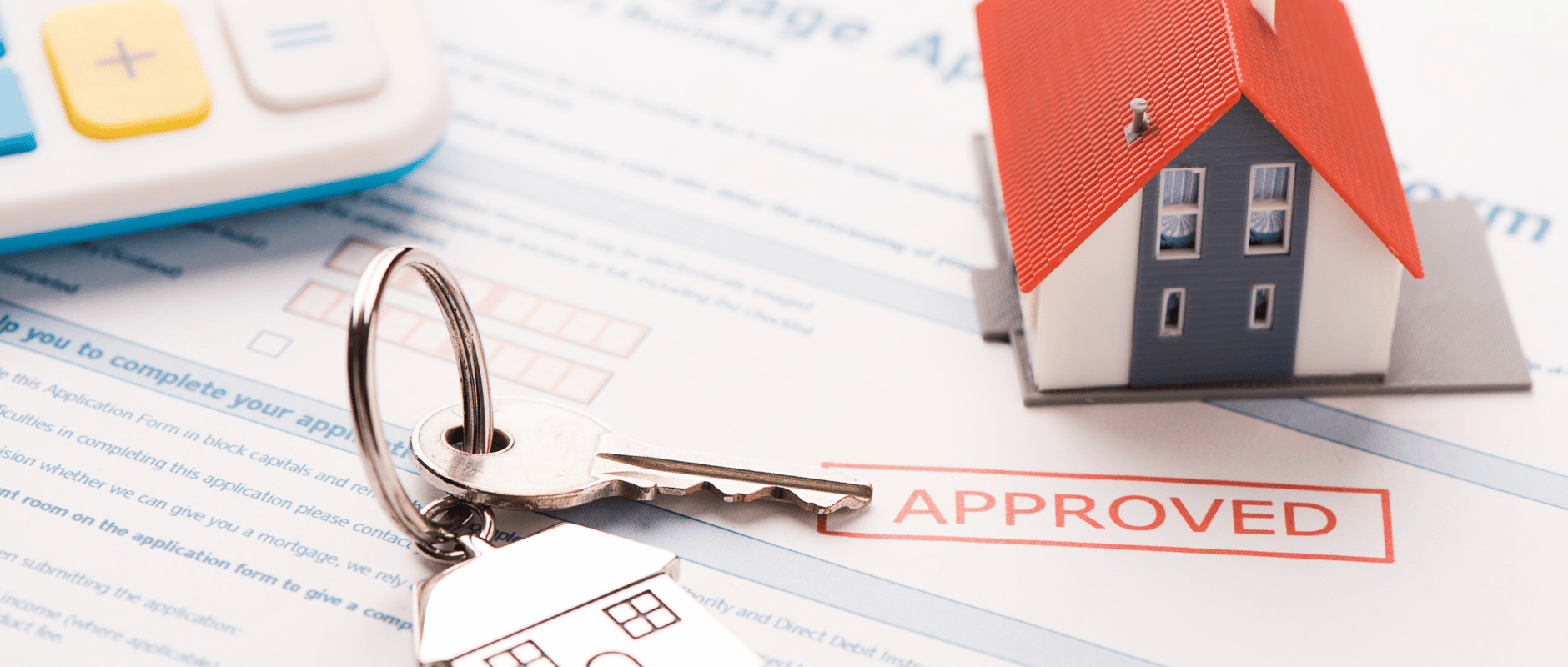Getting pre-approved for a mortgage is a crucial step in the home-buying process as it helps you understand what you can afford and demonstrates to sellers that you are a serious buyer.

The pre-approval process usually starts with choosing a lender. Research different options, including banks, credit unions, and mortgage brokers, to find one that offers competitive rates and terms that fit your financial situation.

Once you've selected a lender, the next step is to gather the necessary documentation. Common documents required include proof of income, tax returns, bank statements, and information about your debts and assets. Be prepared to provide detailed financial information, as lenders need a comprehensive understanding of your financial situation.

After compiling your documents, you must complete a mortgage application with your chosen lender. This application will require personal information, including your Social Security number, employment history, and details about your debts and assets. Once you submit your application and supporting documents, the lender will review your financial situation, which will be subject to evaluation. This process typically includes a credit check, so it's helpful to review your credit report in advance and address any discrepancies or issues that could negatively impact your score.

If your application is approved, you will receive a pre-approval letter detailing the mortgage amount you qualify for and any conditions that need to be met before final approval. It's important to realize that pre-approval is not a binding agreement; rather, it indicates the amount you may be able to borrow based on your financial situation at the time of application. Therefore, it's advisable to avoid making significant changes to your financial circumstances before closing on a home, as these could impact your final mortgage approval.
Keep open communication with your lender during the pre-approval process. They can advise you on any extra steps you need to take or documents you might need to provide. Once you receive your pre-approval letter, you can confidently begin shopping for homes within your budget, knowing you have the financial support to make your offers more attractive to sellers.
In summary, to secure a mortgage pre-approval, follow these steps:
1. Choose a lender.
2. Gather the required documentation.
3. Complete an application.
4. Obtain your pre-approval letter, which will indicate your borrowing capacity.
Getting pre-approved clarifies your budget and strengthens your position as a buyer in a competitive real estate market. With your pre-approval in hand, you'll be well-prepared to begin your home-buying journey. Happy house hunting!

